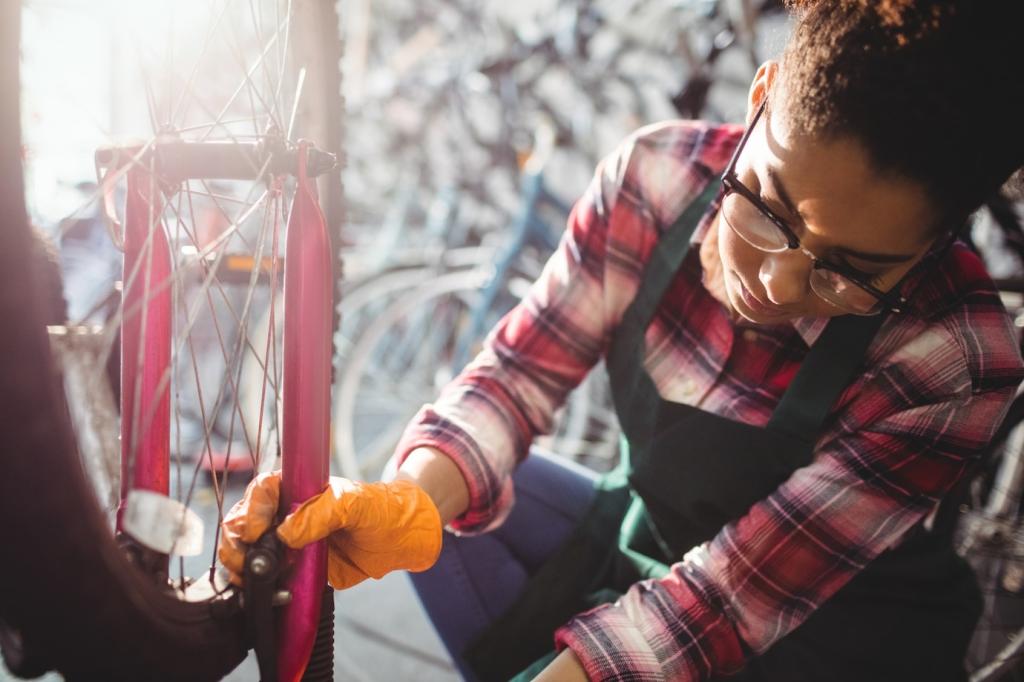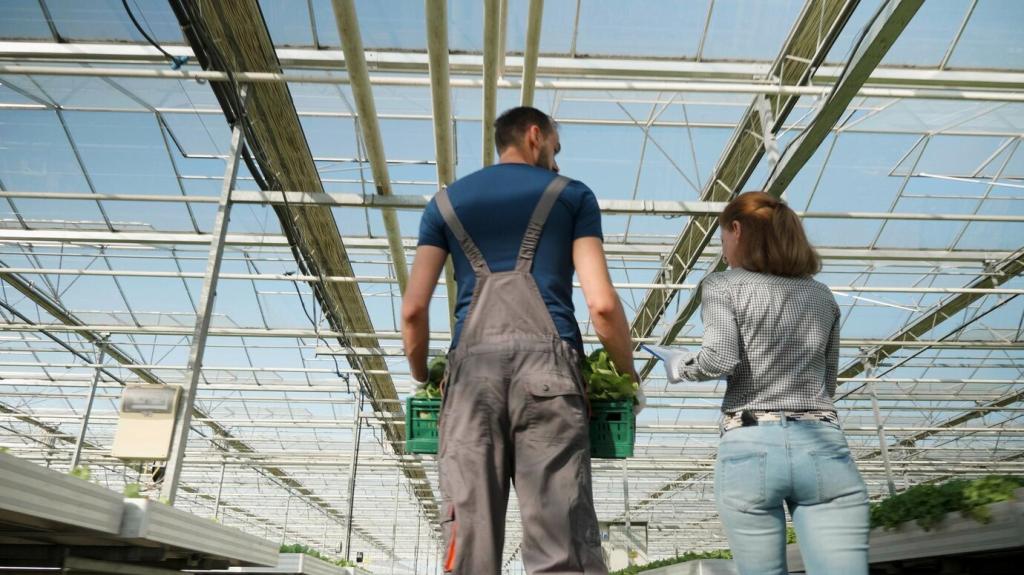Know Your Labels and Ingredients
Look for third-party verifications like EPA Safer Choice, EU Ecolabel, or Cradle to Cradle, which assess ingredient safety and environmental impact. These seals are not perfect, but they offer a head start. Snap a shelf photo on your next shopping trip, and we’ll help interpret those symbols in a follow-up.
Know Your Labels and Ingredients
Plant-based surfactants such as decyl glucoside, coco-glucoside, and lauryl glucoside gently lift grime from furniture surfaces. Citric acid adjusts pH, sodium bicarbonate aids deodorizing, and carnauba wax can nourish wood. Share your favorite plant-powered formulas, especially if they clean well without leaving a sticky film.








